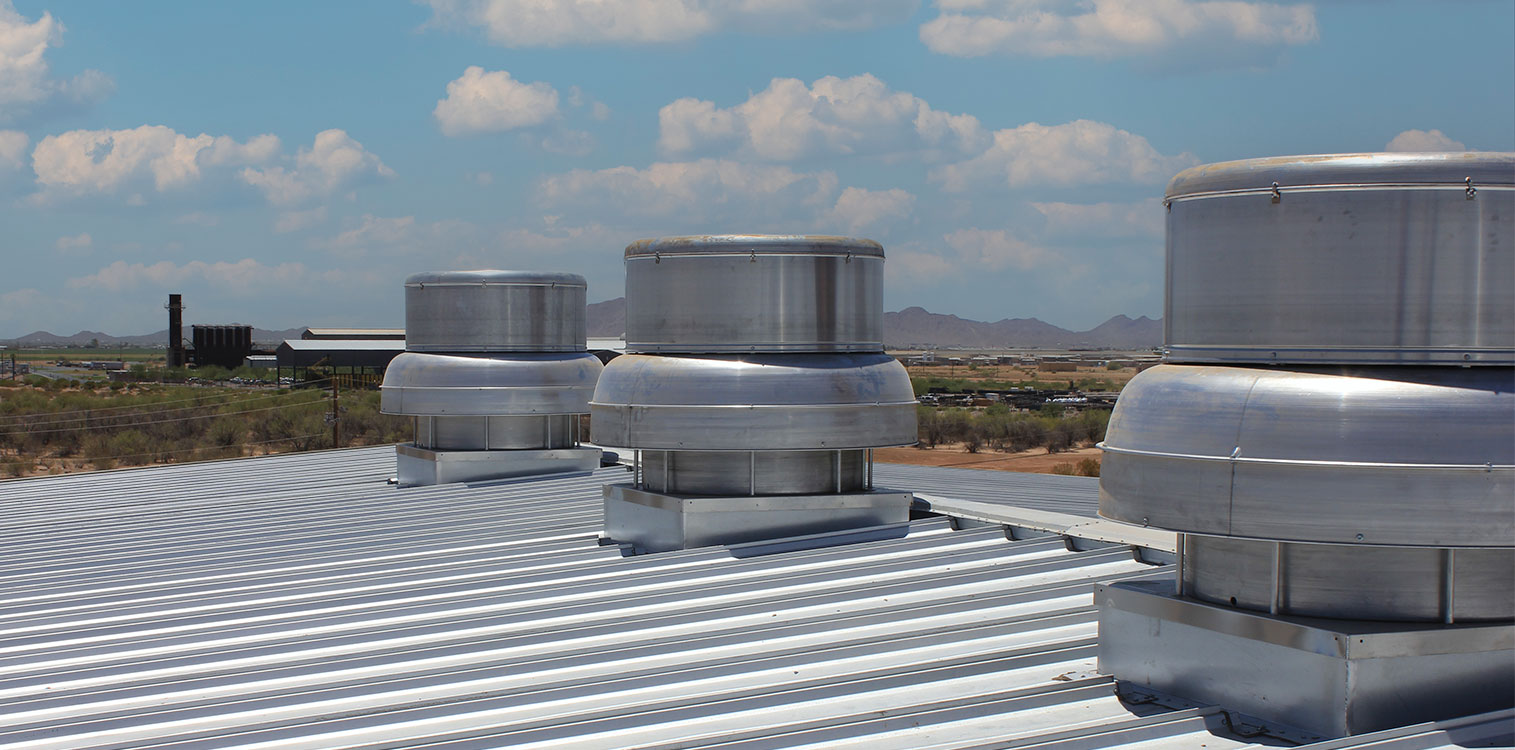When deciding on a roof curb for your metal roof, there are several factors to take in consideration involving conditions on and around the roof. At R&S Roof Products, we focus on providing the right roof curbs for your project at the lowest possible price. Here are the key items to consider when placing a curb order:
Make & Model of Roof Panel
When ordering roof curbs for metal roofs, it is important to consider the profile geometries of the roof panel. The best approach is to provide the exact make & model of the roof system. If this is unknown, a template can be used to measure the profile directly and relayed to the curb manufacturer. Taking these steps is critical to ensure a true weather-tight fit.
Roof Pitch
Most roof equipment requires a level top for proper operation. Providing the roof pitch or slope gives curb manufacturers the information needed to fabricate roof curbs that meet the project’s condition.
Weight of Roof Equipment
A single metal building roof curb is satisfactory if the mechanical unit weighs less than 1,000 lbs. If a unit exceeds this weight, then a floating or nested curb system is required. This consists of an inner weight-bearing curb coupled with an outer flashing curb. Floating curb systems are only needed on standing seam roofs. R-Panel (screw-down or exposed fastener) roofs are exempt because the roof panels screw directly to the structural purlins.
It’s best to check with the Metal Building Manufacturer to validate any weight restrictions.
Local Weather Conditions
If the location of the project is in a dry climate, then a cost-effective galvanized steel roof curb is acceptable. The lower potential for corrosion in these conditions makes the use of a galvanized curb feasible. Erectors may also choose a standard 3″ side / downslope flange to keep costs down.
If the climate is wet and the roof curbs are exposed to moisture and inclement weather for extended periods of time, the preferred options are a layover side flange for R-Panel roofs or a seam clip side flange for standing seam roofs. This design has side flanges that extend to the next natural panel high, reducing the number of fasteners in the flat of the roof panel.
We also strongly recommend aluminum curb construction for wet climates. Alternatively, you can add a Kynar or powder coat finish to a galvanized steel curb to minimize the possibility of corrosion.
Roof System Warranty Requirements
Does the manufacturer provide a material warranty on their roof curbs? Some may only provide a 1–5-year warranty. At R&S Roof Products, we provide a 20-year warranty on all aluminum curbs.
We also recommend checking with the Metal Building Manufacturer to determine if a Weathertightness Warranty is included with the building. If so, there may be specific curb design requirements to uphold this warranty.
Sub Frame, Sealants and Fasteners
To securely attach and seal the curb flanges to the roof, sub-framing is required. It is important to have an experienced fabricator produce the proper sub-frame for your project. This is often required even if a framed opening is included by the Building Manufacturer.
Proper long-life fasteners and durable sealants are also critical. Make sure to inquire about these items when you order roof curbs for your next project.
For more information about the roof curbs for metal roofs that we offer at R&S Roof Products, give us a call today at 800.423.1619 or use our contact form.


